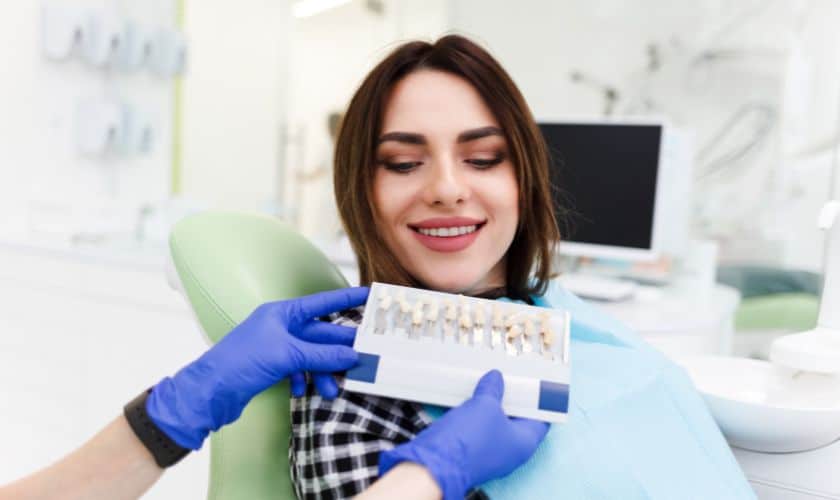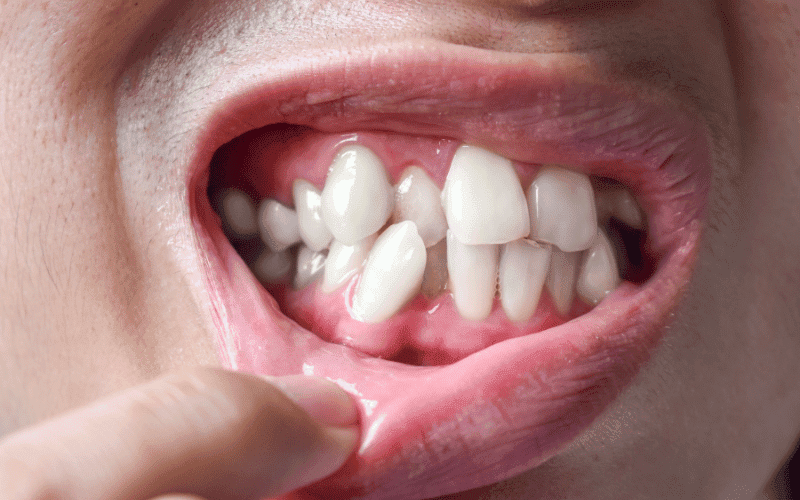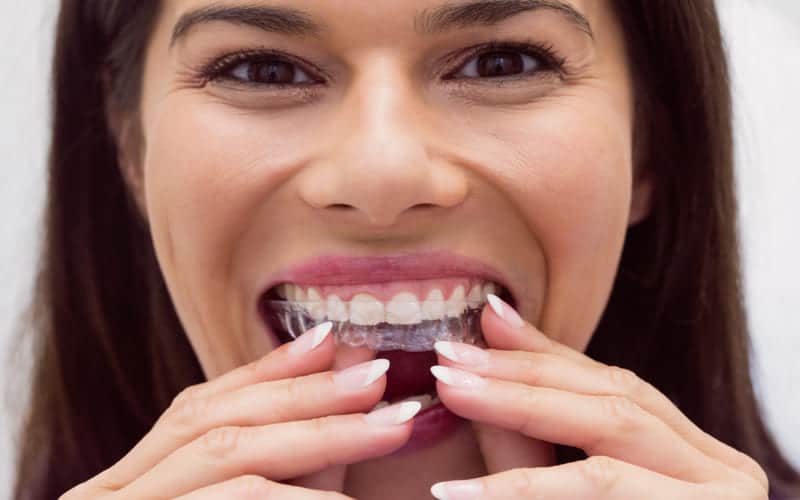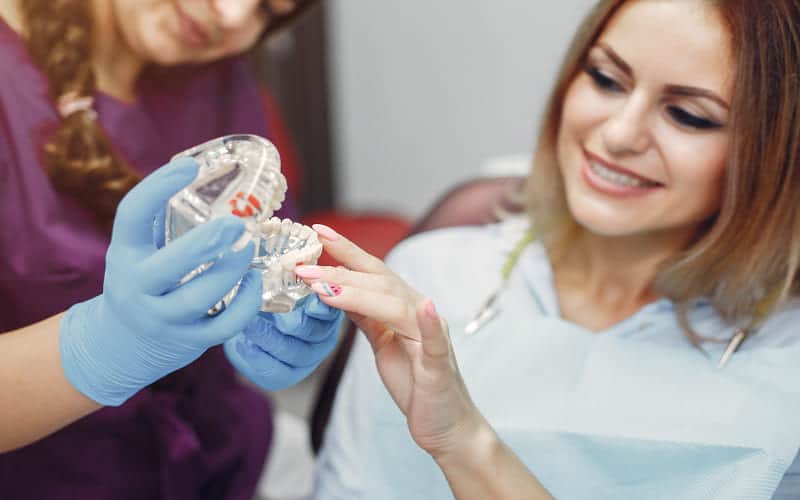Call: (810) 674-3060
How Your Lifestyle Affects Your Tooth Color?

When you look in the mirror, does it seem like your teeth are not as shiny or white as they used to be? Are there yellowish stains on them that weren’t there before? Your lifestyle affects more than just the brightness of your smile – it also affects your tooth color. In this blog post, we explain how different aspects of your lifestyle can either contribute to a brighter smile or make your teeth appear duller and stained. We also discuss ways in which you can restore whiteness to your teeth and maintain a brighter, healthier smile.
How Lifestyle Affects Tooth Color
Your lifestyle plays an important role in the color of your teeth. Certain activities, such as smoking or drinking coffee, tea, or soda can cause discoloration to occur. Additionally, some medications and medical conditions can also lead to yellowish stains on your teeth. Let’s take a look at how these different factors may contribute to tooth discoloration over time.
1. Smoking and Tobacco Products
Smoking is one of the primary causes of tooth discoloration. The nicotine in cigarettes and other tobacco products leaves behind dark brown or yellow stains on the enamel – the outer layer of the teeth. Additionally, tobacco smoke can also cause your gums to recede, which can make the teeth appear duller and more yellow.
2. Food and Drink
Certain foods and drinks can also contribute to tooth discoloration. Coffee, tea, red wine, dark sodas, and certain fruits such as blueberries are all known to stain teeth over time. The acids in these beverages and food products wear away at the enamel on your teeth, making them more vulnerable to staining agents. Additionally, if you don’t brush your teeth shortly after consuming these items, they may leave behind a sticky residue that attracts bacteria and accumulates on the surface of your teeth. This can lead to yellowish staining.
3. Medications and Medical Conditions
Some medications, such as tetracycline antibiotics, can cause discoloration of the teeth. Certain medical conditions can also affect tooth color – for example, if you have diabetes or HIV/AIDS, your teeth may appear more yellow due to a weakened immune system. In addition, an extremely dry mouth or an overgrowth of bacteria in your mouth can contribute to tooth discoloration.
Conclusion
Your lifestyle can have a big influence on the color of your teeth. Smoking cigarettes and using other tobacco products will not only leave behind brown or yellow stains on the enamel but may also weaken the gums, leading to a duller, yellowish appearance. In addition, certain foods and drinks such as coffee, tea, dark sodas, red wine, and blueberries can also cause staining over time. Certain medications and medical conditions may also contribute to tooth discoloration. Fortunately, there are ways you can restore the whiteness of your teeth and maintain a brighter smile.
FAQs
Q1: How can I remove stains from my teeth?
A1: Regular brushing with fluoride-based toothpaste is key for removing surface stains from your teeth. Additionally, specialized whitening products such as strips or gels may be used to help restore the brightness of your smile.
Q2: How often should I brush my teeth?
A2: It is recommended that you brush your teeth twice a day with fluoride toothpaste to remove surface stains and prevent further staining.
Q3: Are there any foods or drinks I should avoid if I want to maintain a brighter smile?
A3: Coffee, tea, red wine, dark sodas, and certain fruits such as blueberries are all known to stain the enamel on your teeth. If you do consume these items, it is important to brush your teeth soon afterward in order to limit the amount of staining that occurs.




